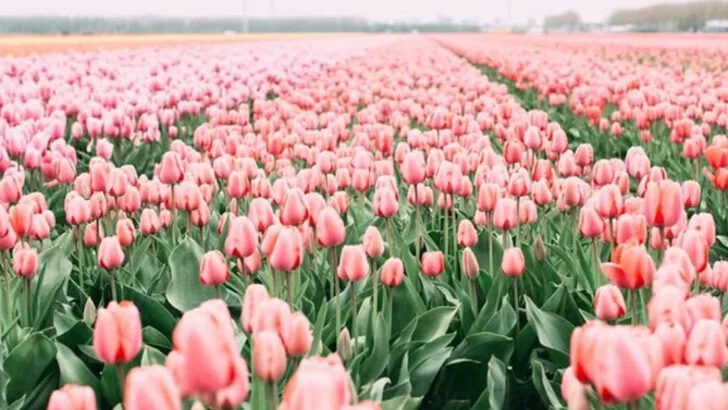Not all greenery is dog-friendly, and unfortunately, some of the most stunning houseplants can pose serious risks to your furry best friend. At Plantisima, we know that plant lovers who share their homes with dogs often face a tough balancing act between beauty and safety. But you don’t have to choose one over the other.
In this article, we reveal 10 popular plants that may be harmful to dogs—even in small amounts. From mild stomach upset to more serious symptoms, we’ll help you recognize which plants to avoid if you have a curious pup at home. But we won’t leave you hanging—we’re also sharing 5 equally gorgeous, dog-safe alternatives that bring the same style without the stress.
To all our Plantisima readers who care deeply about their plants and their pets—this guide is your shortcut to a home that’s both beautiful and truly safe. Because every dog deserves a happy, healthy home… filled with the right kind of leaves.
Azalea
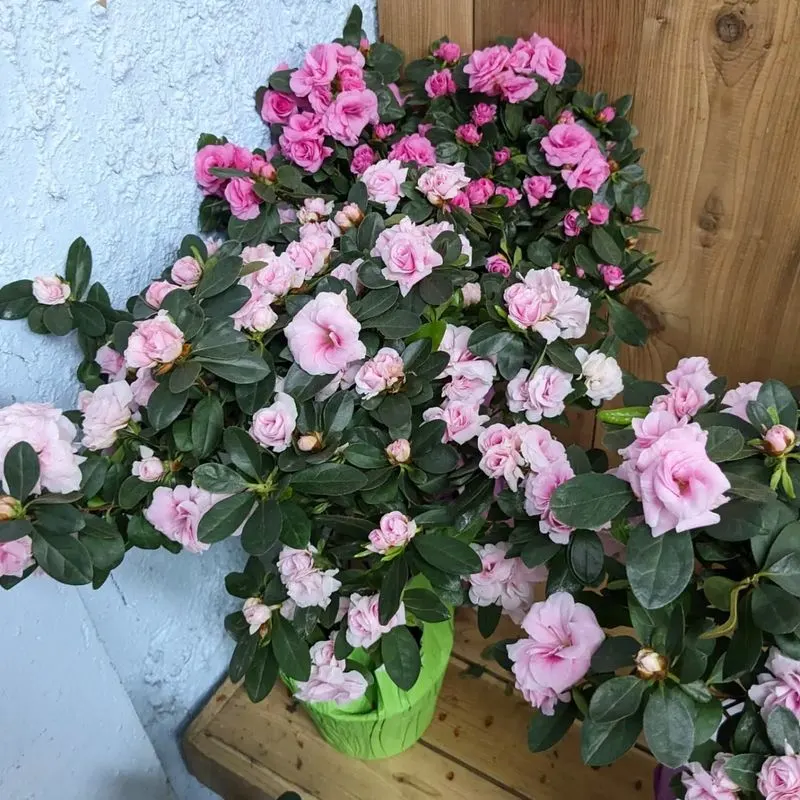
Azaleas, with their vivid blooms and lush foliage, are a favorite among gardeners. Yet, beneath their beauty lies a potential threat to dogs. Ingesting parts of the azalea plant can lead to vomiting, diarrhea, and even more severe symptoms like coma or heart failure in dogs. Known for their resilience, these plants are often found in gardens across the country. While they thrive in acidic soil, it’s their toxic grayanotoxins that make them dangerous to pets. If you love azaleas, consider placing them in areas inaccessible to your furry friends.
Tulip
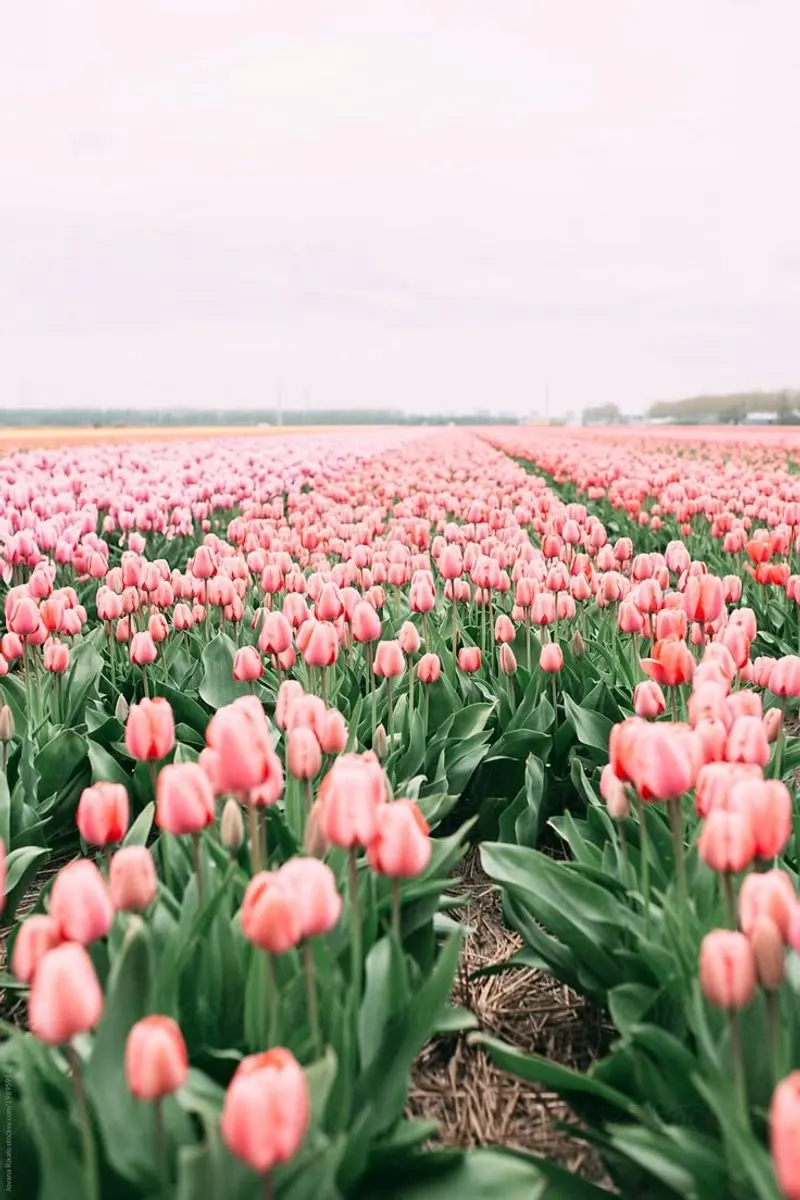
Tulips herald the arrival of spring with their bold colors and elegant shapes. However, these beauties hide a toxic secret within their bulbs. Dogs that dig and chew on tulip bulbs can experience vomiting, drooling, and irritation. The bulb, being the most toxic part, contains compounds that can cause discomfort and, in larger quantities, more serious health issues. While tulips add a splash of color to any garden, dog owners may wish to plant them in pots or raised beds out of canine reach, ensuring safety without sacrificing style.
Oleander
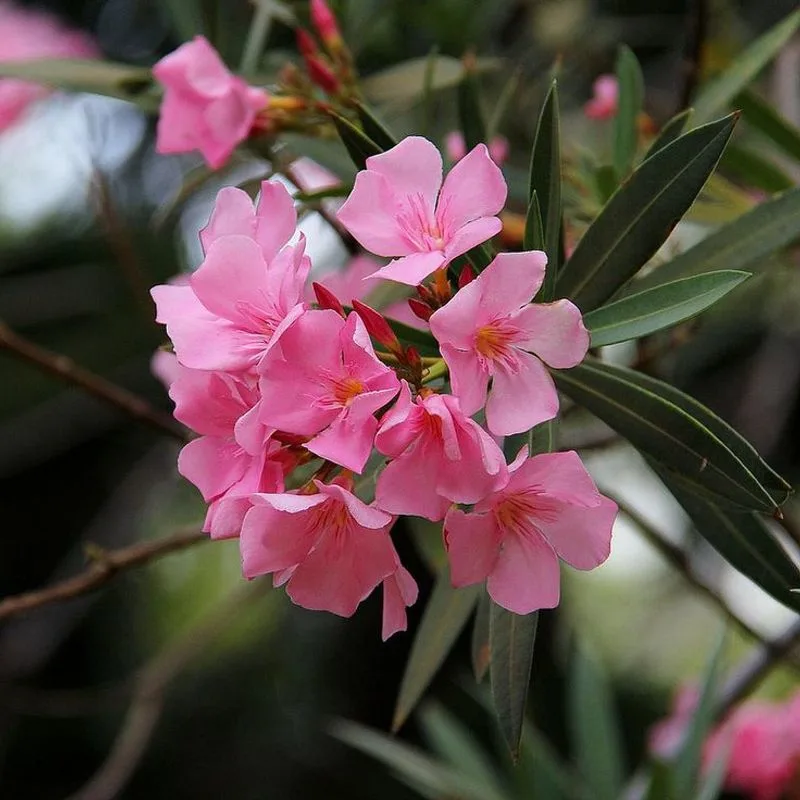
Oleander, with its striking flowers and hardy nature, is a common choice in many gardens. Yet, every part of this plant is highly toxic to dogs, potentially causing severe symptoms like heart irregularities, vomiting, and even death. Oleanders thrive in warm climates and are often used as decorative hedges. Despite their allure, the danger they pose to dogs cannot be underestimated. For pet-friendly gardens, it may be wise to opt for alternative plants that offer beauty without the risk, ensuring a safe environment for all.
Sago Palm
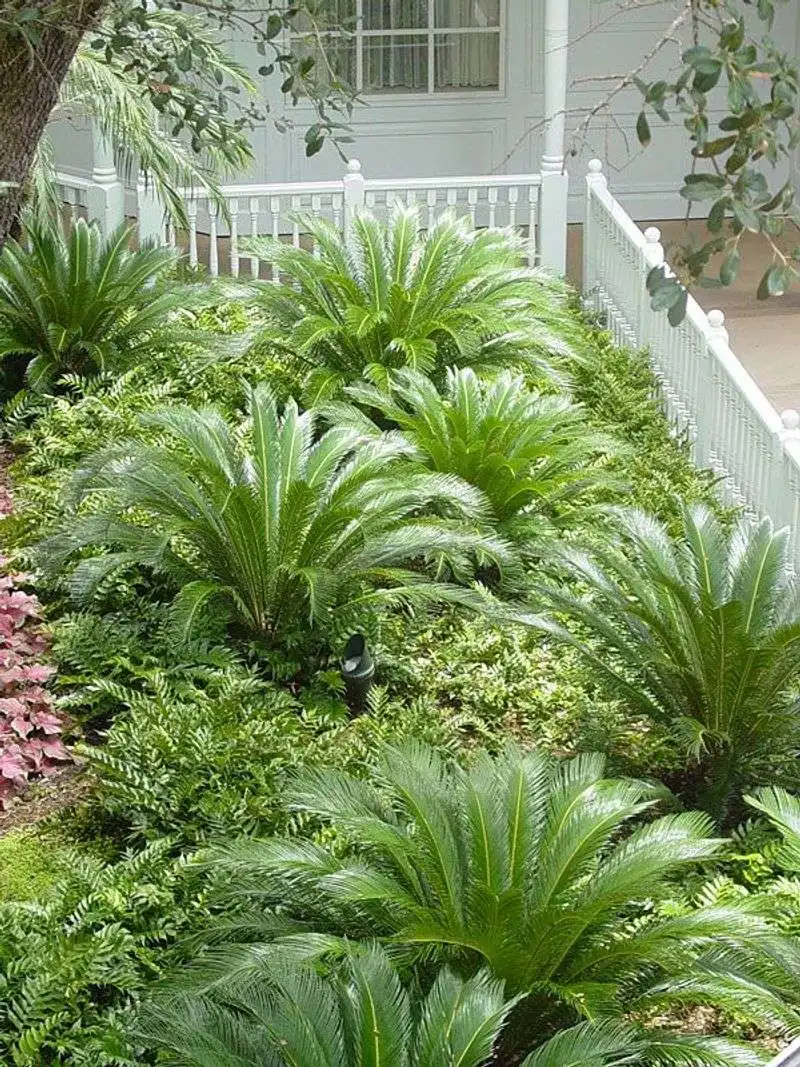
The sago palm, with its prehistoric look and distinctive leaves, adds an exotic touch to any landscape. However, this plant is highly toxic to dogs, especially its seeds. Ingestion can lead to severe liver damage, vomiting, and even death. These palms are often used in ornamental gardening due to their unique appearance. Despite their appeal, the risks associated with sago palms are significant. For those with pets, considering non-toxic alternatives like the ponytail palm can provide a similar aesthetic without the danger.
Lily of the Valley
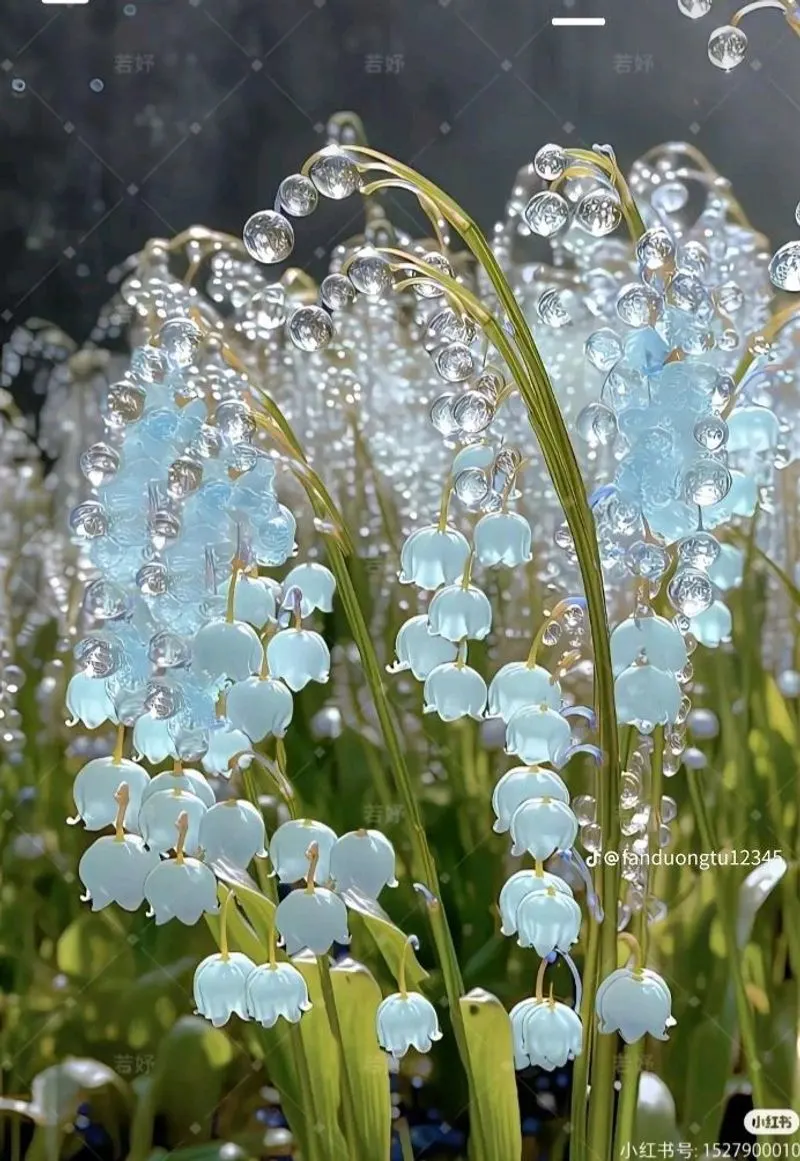
Lily of the Valley enchants with its delicate, bell-shaped flowers and sweet fragrance. However, it harbors cardiac glycosides that are highly toxic to dogs. Consumption can lead to heart arrhythmias, digestive upset, and even seizures. This plant thrives in shaded areas, making it a popular choice for under-trees or north-facing gardens. While its beauty and scent are undeniable, dog owners should weigh the risks, ensuring any planted Lily of the Valley is out of reach or replaced with safer, non-toxic alternatives.
Foxglove
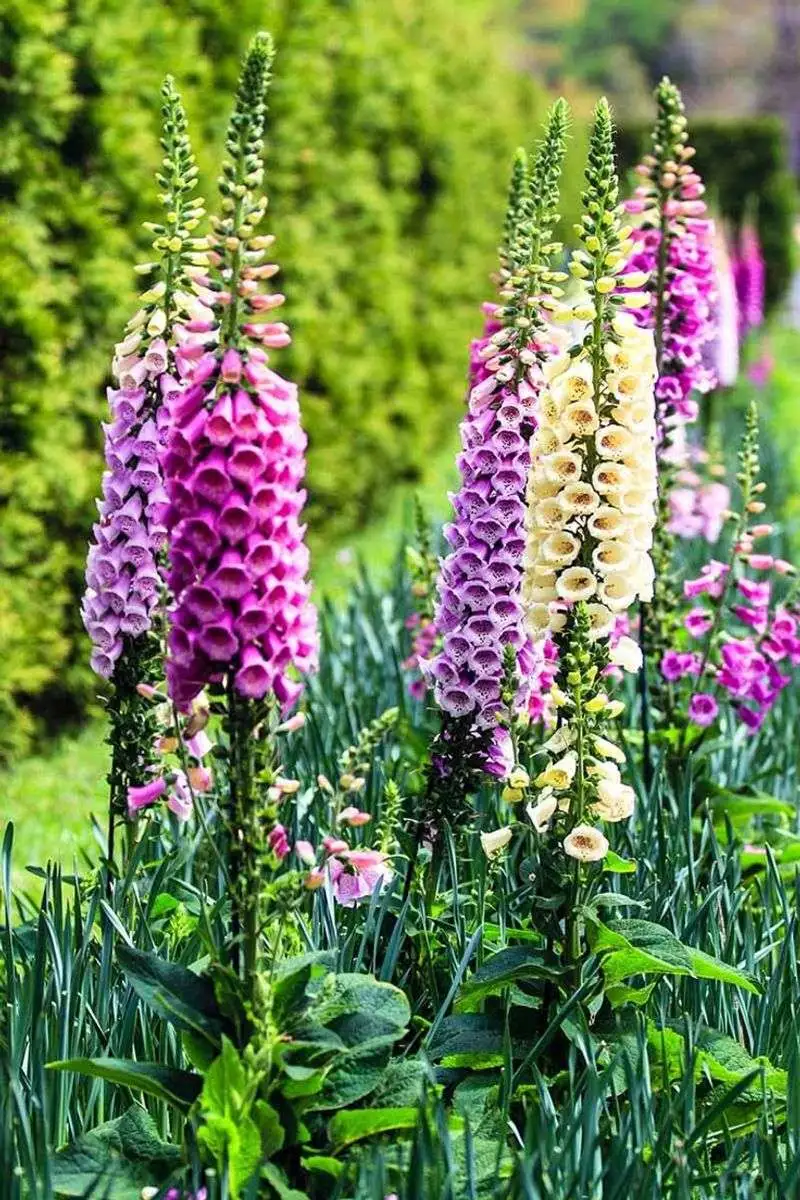
Foxgloves captivate with their towering spikes and vivid colors, yet they possess potent toxins that can spell trouble for dogs. Often growing in woodland settings, these plants contain cardiac glycosides that can cause heart problems, vomiting, and even death if ingested. Their majestic height and color make them popular in cottage gardens. While their beauty is captivating, pet owners need to exercise caution and perhaps choose safer flowering plants that can still provide height and interest without endangering their pets.
Daffodil
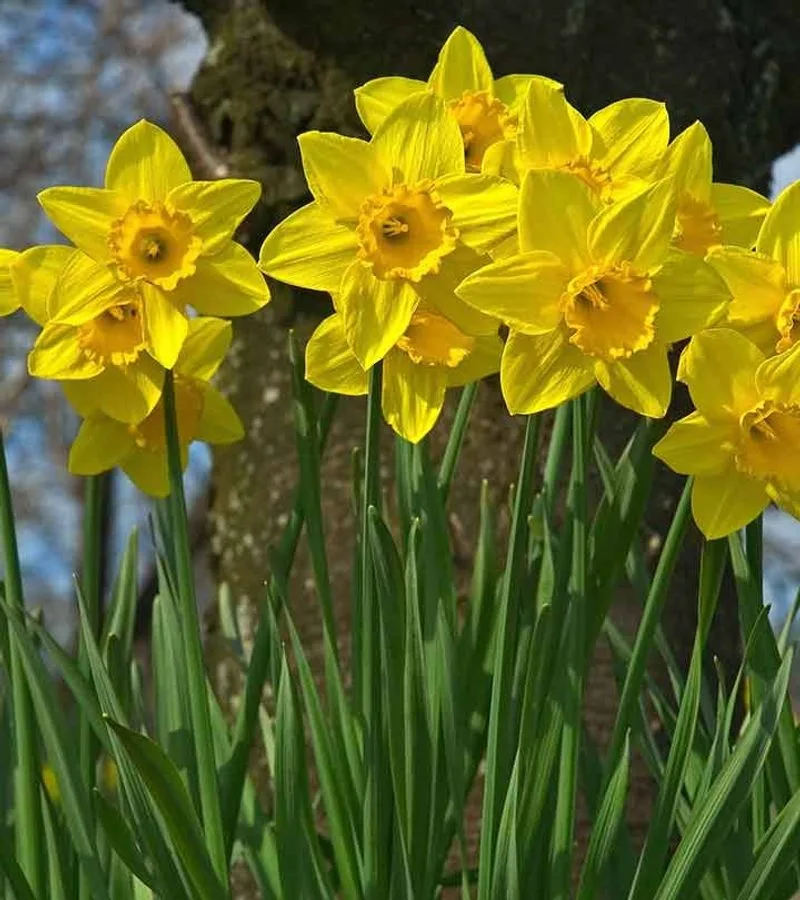
Daffodils dance into spring with their cheerful yellow blooms, yet they are not as innocent as they appear. The bulbs, in particular, contain toxins that can cause vomiting, diarrhea, and in severe cases, heart issues in dogs. These flowers are often planted en masse for a dramatic spring display, thriving in well-drained soil. While they symbolize renewal, they can be a hazard for curious pets. Consider planting daffodils in areas that are off-limits to dogs, or choose alternative spring bulbs that pose no threat to animal health.
Hydrangea
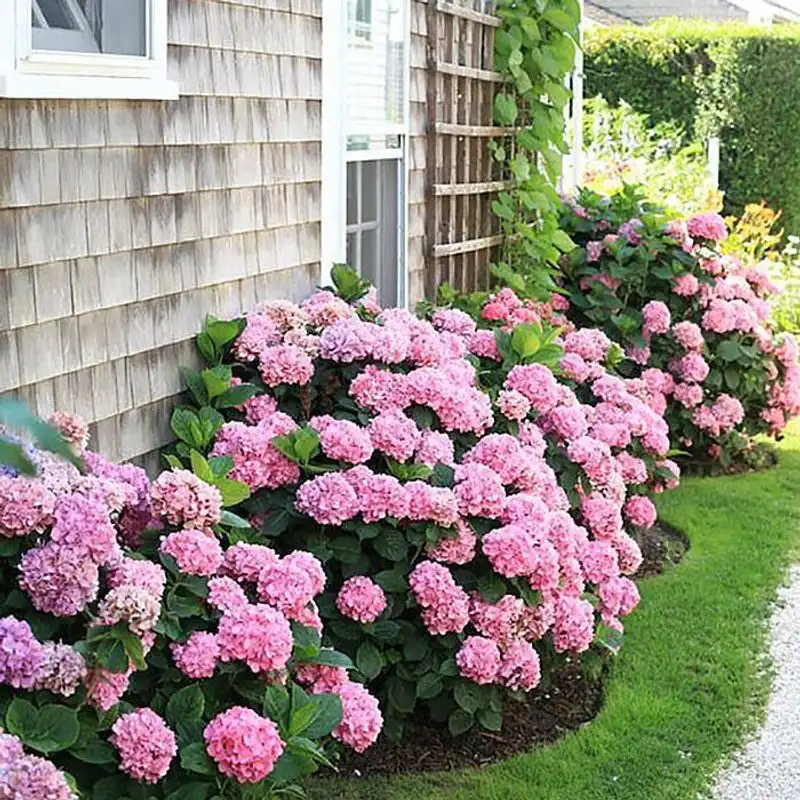
Hydrangeas, with their voluminous blooms of blue and pink, are garden staples. However, they contain cyanogenic glycosides, which can induce vomiting, lethargy, and confusion in dogs if ingested. These shrubs thrive in moist, shaded areas, often becoming the centerpiece of a garden. Despite their grandeur, pet owners might want to consider protective measures or non-toxic alternatives if their dogs are prone to garden exploration. By doing so, they ensure a safe and beautiful garden environment for everyone.
Cyclamen
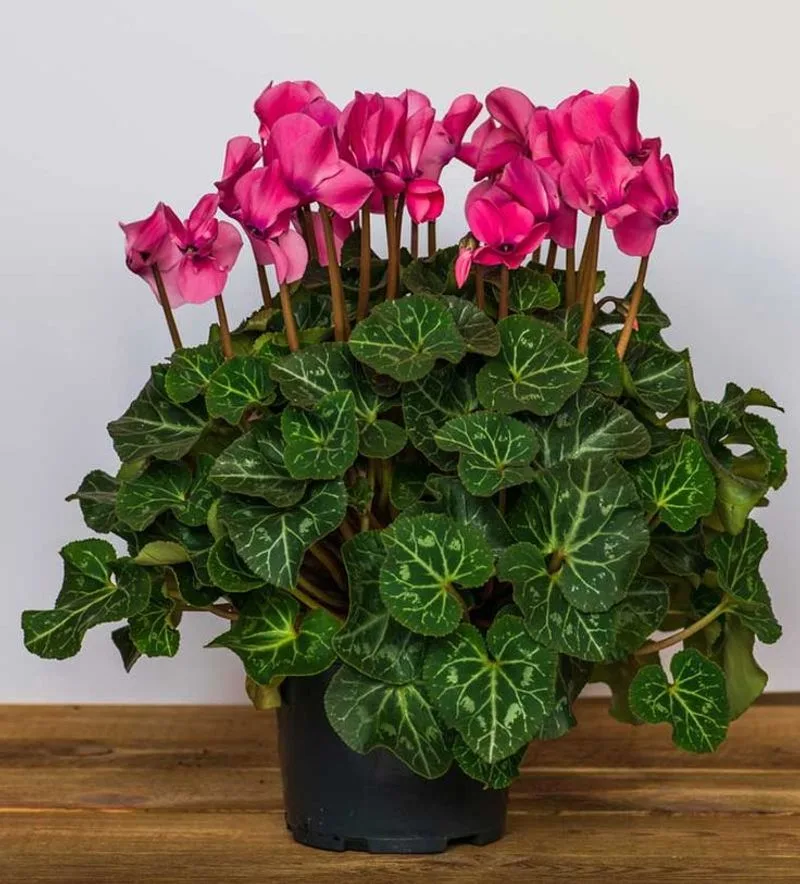
Cyclamens captivate with their elegant petals and intricate patterns, often blooming in the cooler months. Yet, these delicate flowers harbor saponins, which can cause vomiting and drooling in dogs, particularly from their tubers. Typically found in well-drained, shady areas, cyclamens are a winter garden favorite. While they add a touch of charm during dreary days, it’s important for pet owners to weigh the risks and consider placing them in areas less accessible to dogs, or choosing non-toxic alternatives for winter color.
Ivy
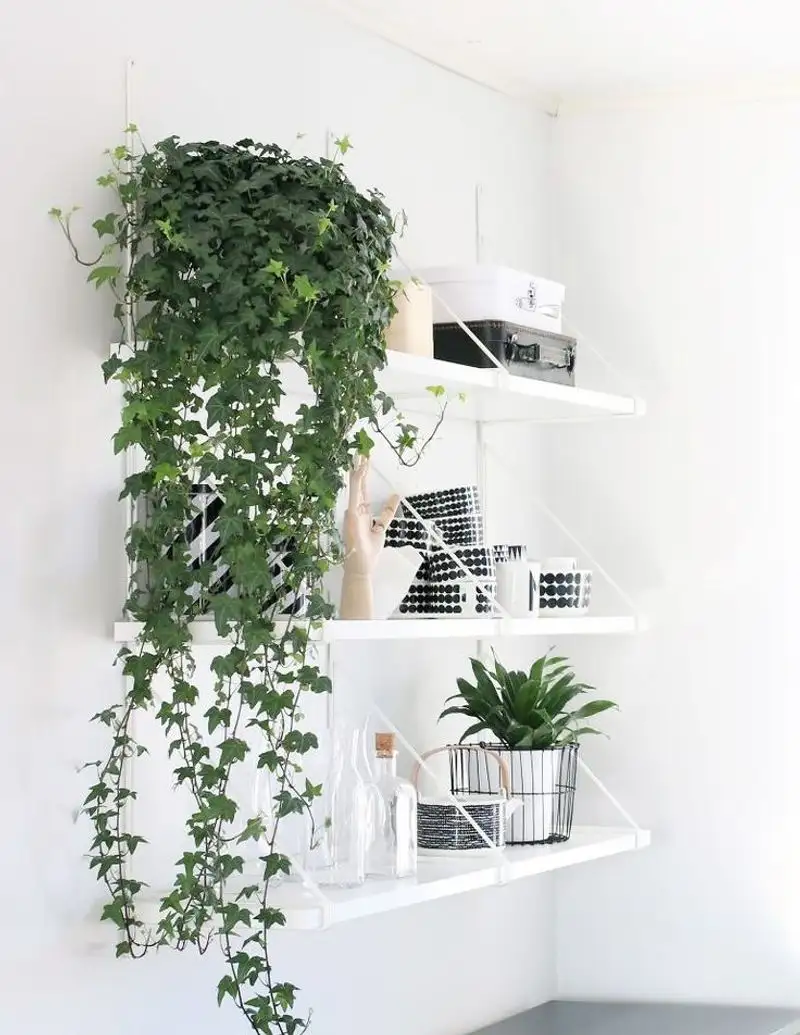
Ivy, with its trailing vines and lush leaves, often evokes a sense of timeless elegance. However, it poses a risk to dogs due to its triterpenoid saponins, which can lead to mouth irritation, vomiting, and skin irritation. This plant is commonly used as ground cover or to adorn walls and fences. While its classic aesthetic is appealing, dog owners should be cautious, ensuring ivy is placed in areas inaccessible to curious pets or opting for safer climbing plants that offer the same visual appeal without the associated risks.
Spider Plant
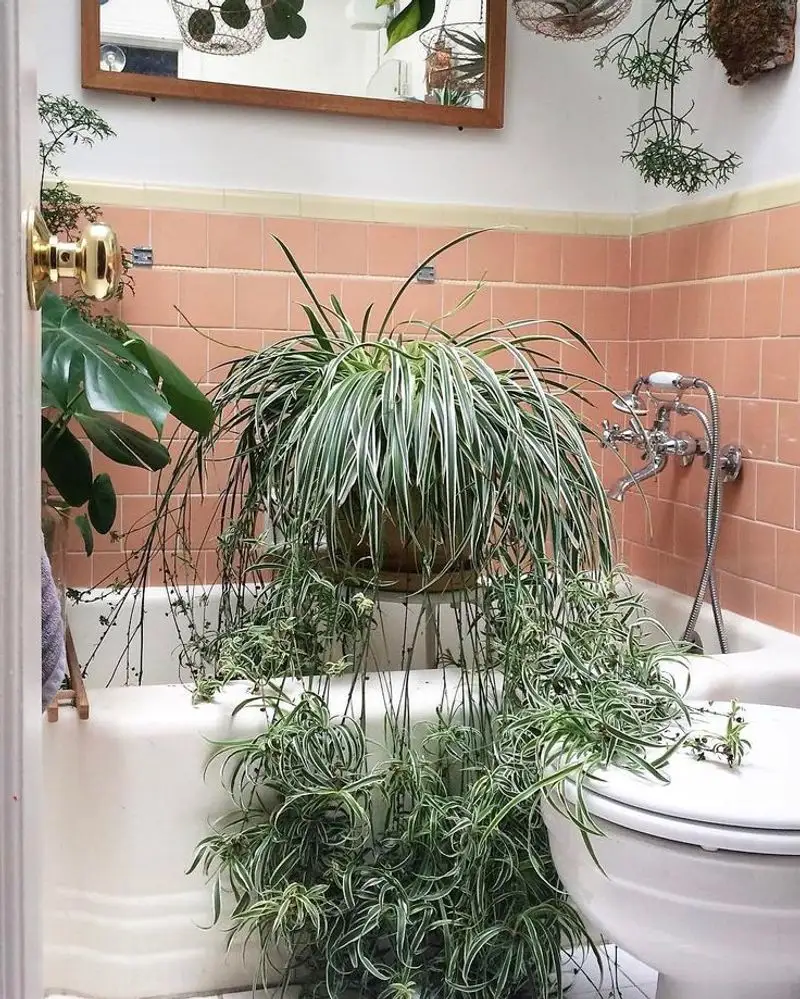
Spider plants are the epitome of resilience and style, making them excellent indoor companions. Known for being non-toxic to dogs, they offer peace of mind for pet owners while adding a touch of greenery to any space. Spider plants thrive in indirect sunlight and adapt well to various indoor conditions. Their cascading leaves create a striking visual effect, perfect for hanging baskets or perched on shelves. Although safe, maintaining their vitality with regular watering and occasional trimming ensures they continue to enhance indoor environments beautifully.
Boston Fern
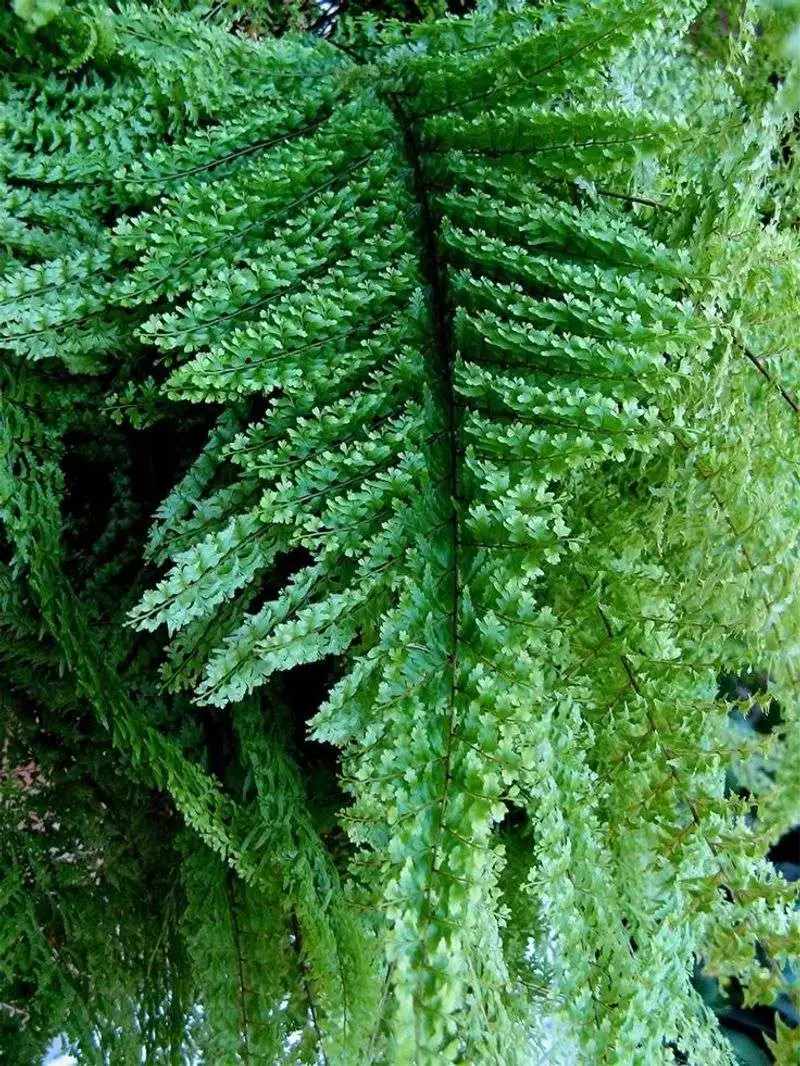
Boston ferns, with their feathery fronds, bring a touch of tropical elegance to interiors. These ferns are non-toxic to dogs, making them a safe choice for pet-friendly homes. They thrive in humid environments with indirect light, often becoming a staple in bathrooms or shaded porches. While they require regular watering to maintain their lush appearance, the care is well worth it. Their ability to improve air quality while posing no threat to curious pets makes them a beloved choice among dog owners seeking greenery indoors.
Bamboo Palm
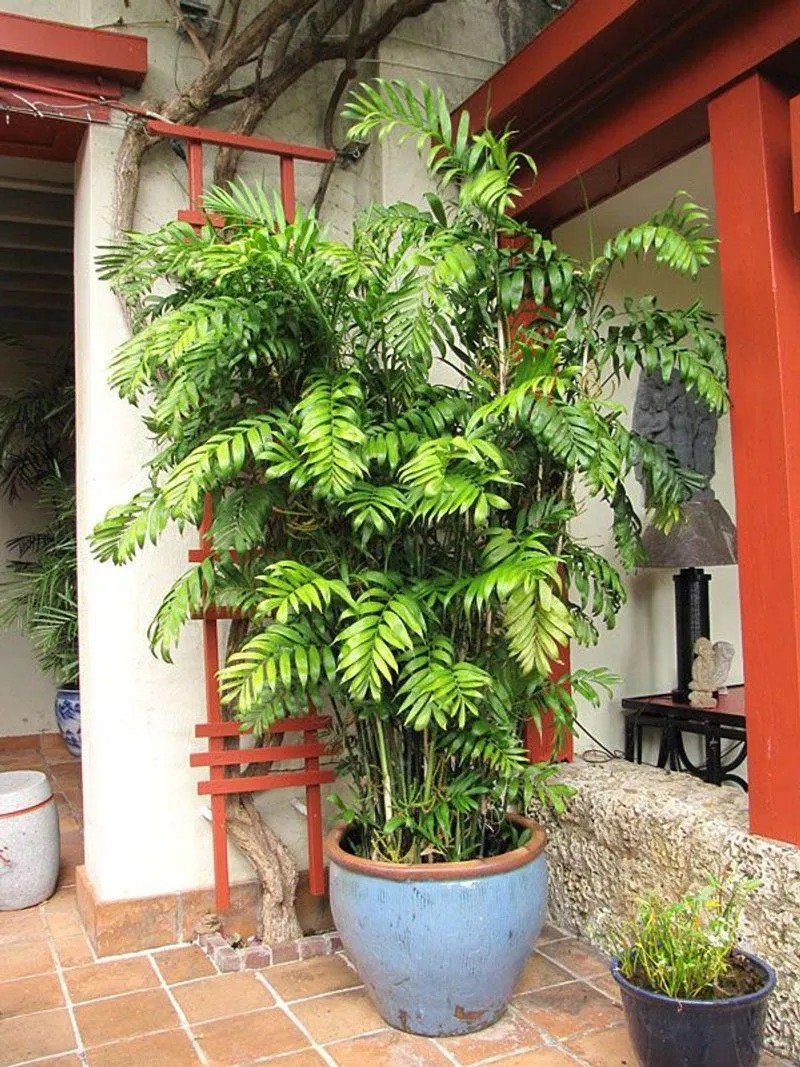
The bamboo palm, with its elegant stalks and wide, arching leaves, embodies grace and style. It’s a non-toxic option for homes with dogs, offering beauty without risk. These palms thrive in bright, indirect light and are known for their air-purifying properties, making them a popular choice for indoor spaces. While they bring a sense of calm and freshness, regular watering and occasional pruning ensure they remain healthy and vibrant. For pet owners looking to introduce greenery, the bamboo palm is both a safe and stylish choice.
Areca Palm
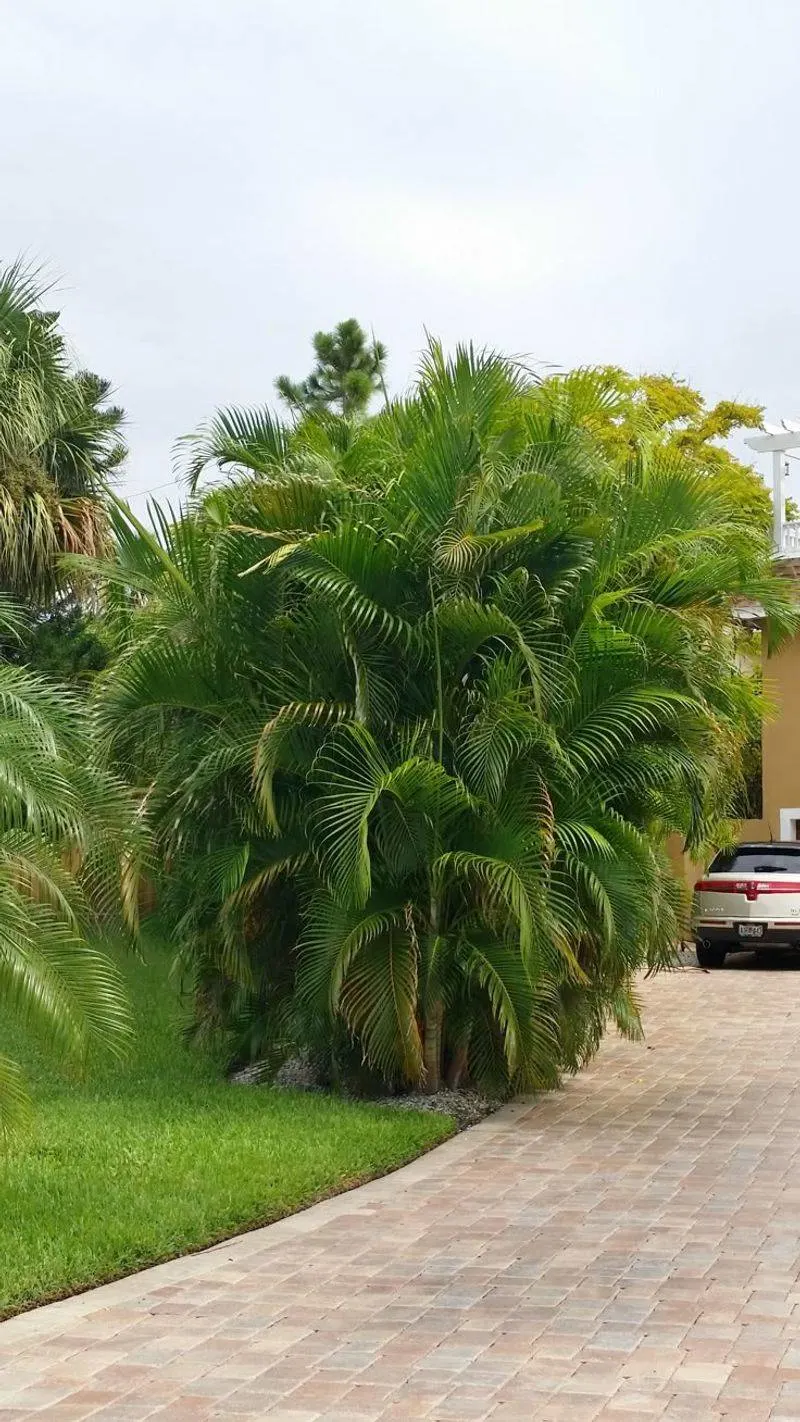
The areca palm is a favorite among indoor plant enthusiasts, known for its lush, feathery fronds that add a tropical vibe to any space. It’s non-toxic to dogs, offering pet owners peace of mind. These palms thrive in bright, indirect light and can grow quite tall, making them a striking addition to living rooms or offices. While they require regular watering and humidity to flourish, their beauty and safety make them a preferred choice. The areca palm not only enhances aesthetics but also contributes to a healthier indoor environment.
Calathea
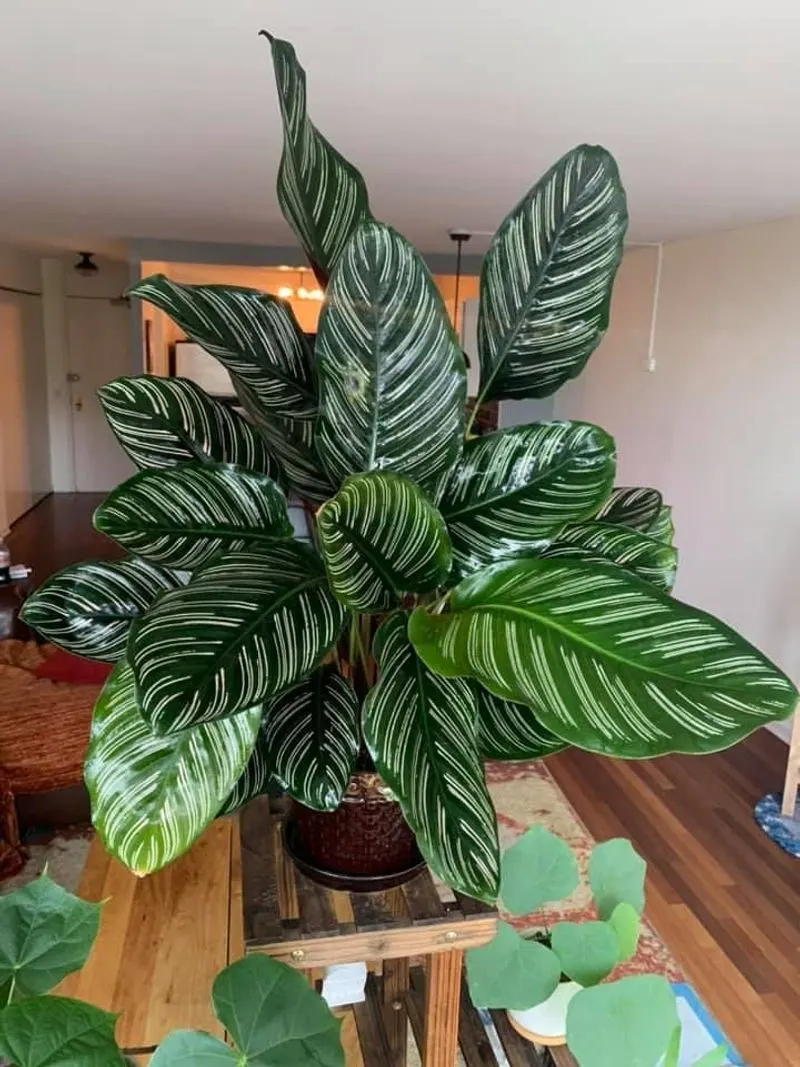
Calatheas, with their stunningly patterned leaves, offer a touch of artistry to interior design. Remarkably, these plants are non-toxic to dogs, making them ideal for homes with pets. They thrive in indirect light and require a consistent watering schedule to maintain their vibrant appearance. Their foliage acts as a natural air purifier, enhancing indoor air quality. With their intricate leaf patterns and pet-friendly nature, calatheas provide both beauty and peace of mind. This makes them a popular choice for those wanting to create a pet-safe yet visually captivating indoor space.

